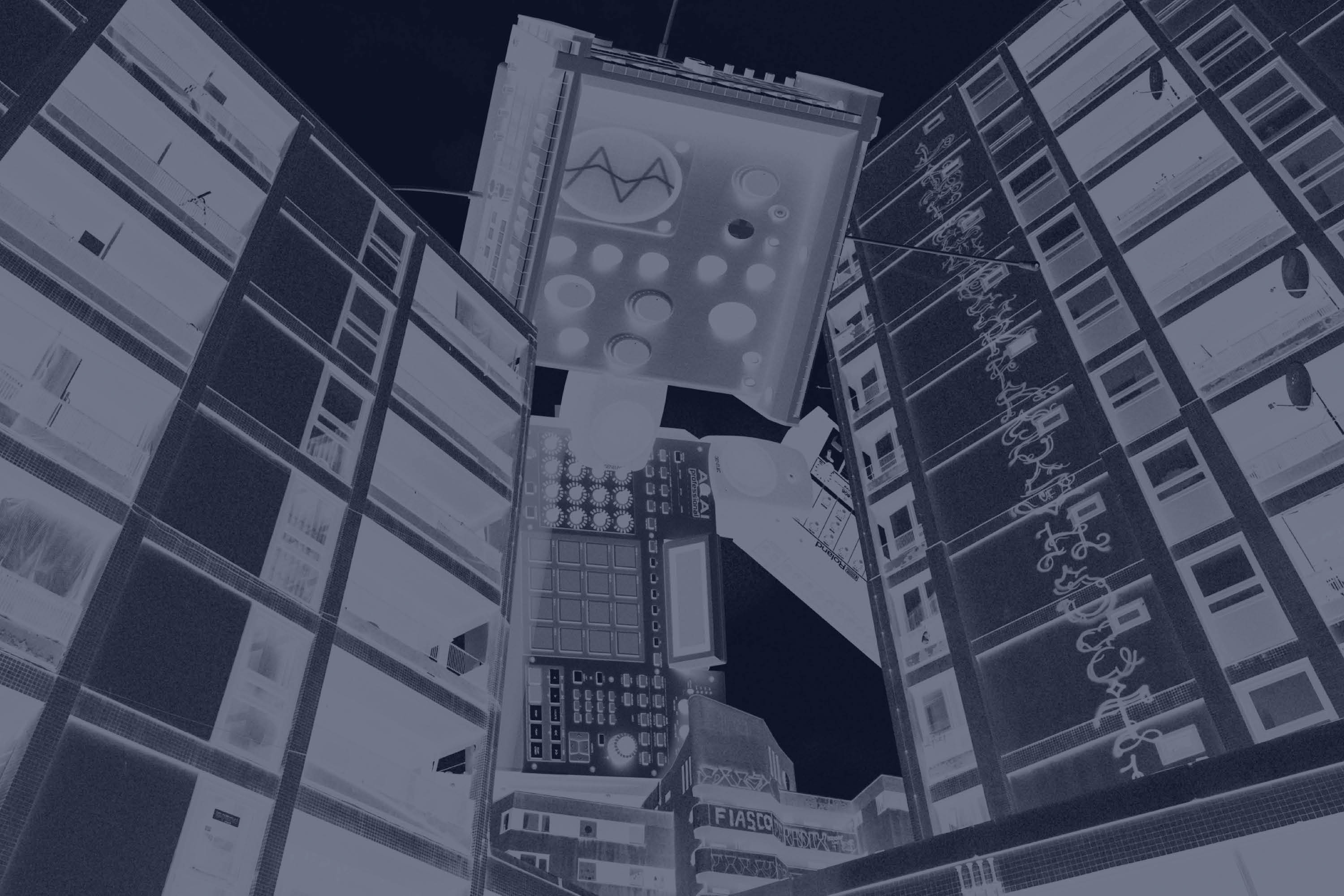
Kitsch, Taxidermy and Rare Gems: Stephan Schilgen & the KStar Fundus
The RBMA Berlin 2018 set designer gives us a tour of his unique collection of oddities
Walking through Berlin-Mitte’s Hackescher Markt – a tourist hub with fake Bavarian restaurants, bad yet pricey street art and bad yet pricey döner diners, it’s hard to imagine what the area looked like 20 years ago. That was when Stephan Schilgen was running his Kurvenstar club on the nearby Große Präsidentenstraße, where he had “prostitutes sitting at the bar for their late night coffee.”
This infamous club opened in the late 1990s in the former “bad neighborhood,” and what a sensation it was in Berlin’s blooming club scene. “All the clubs back then were basically filthy bunkers,” says Schilgen. “You couldn’t go out with stilettos, you couldn’t lean on any wall.” So instead of fabricating another Berlin deep techno legend, he went on to design a club that was built on style instead of darkness. He worked with delicate interior design, inventing a tricky, innovative system for stage smoke and lighting: “It was chic like crazy, it was sophisticated.”
Parallel to his night-time exploits, Schilgen had a career as an interior designer. He is currently re-thinking the interior aesthetics of Funkhaus as the set designer for Red Bull Music Academy Berlin – with his Kurvenstar company, Schilgen has remodeled the inside of the building, lending it new brightness and vibrant colors. He also started a family, so at one point he decided against nightlife, selling his club in the early 2000s to concentrate on his fascination with design. Maybe that’s why today he seems like a Berlin original, but not like your average Berlin scene veteran. And for sure, that is why we are meeting in the middle of an exuberant collection of style: The KStar Fundus, situated in a string of industrial halls on Berlin’s outskirts, is coveted as a source of exquisite strangeness and elegance amongst German interior designers, as well as Hollywood prop masters. Schilgen guided us through his vast collection of furniture and small-scale preciousness.
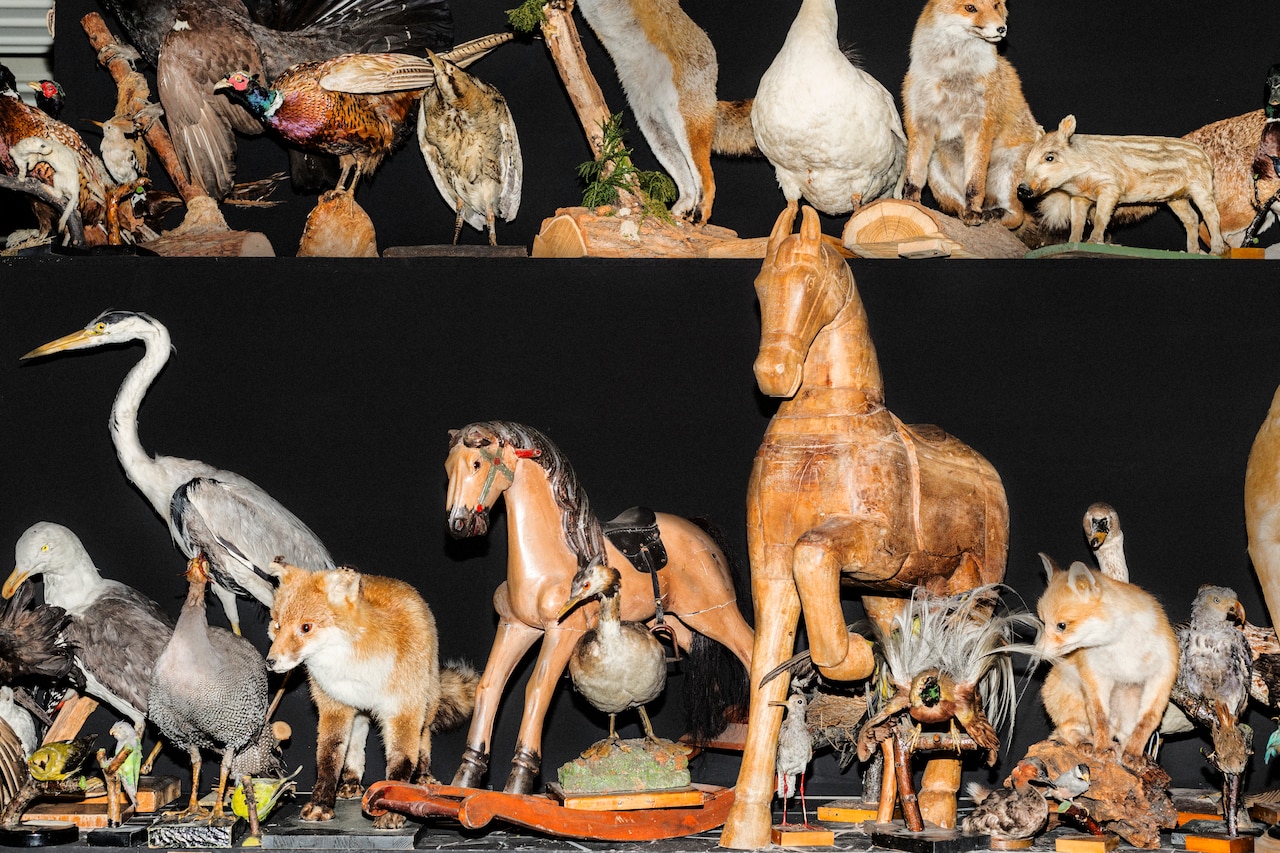
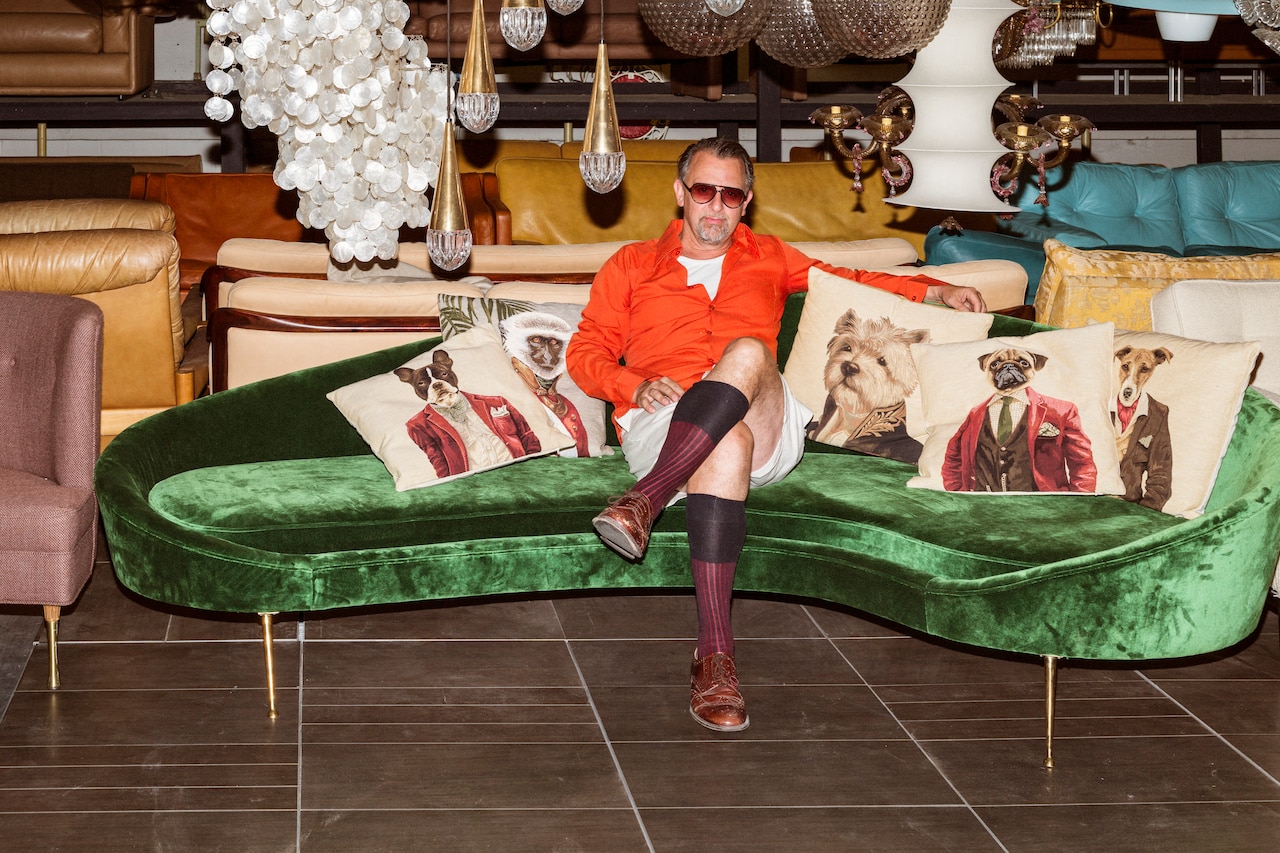

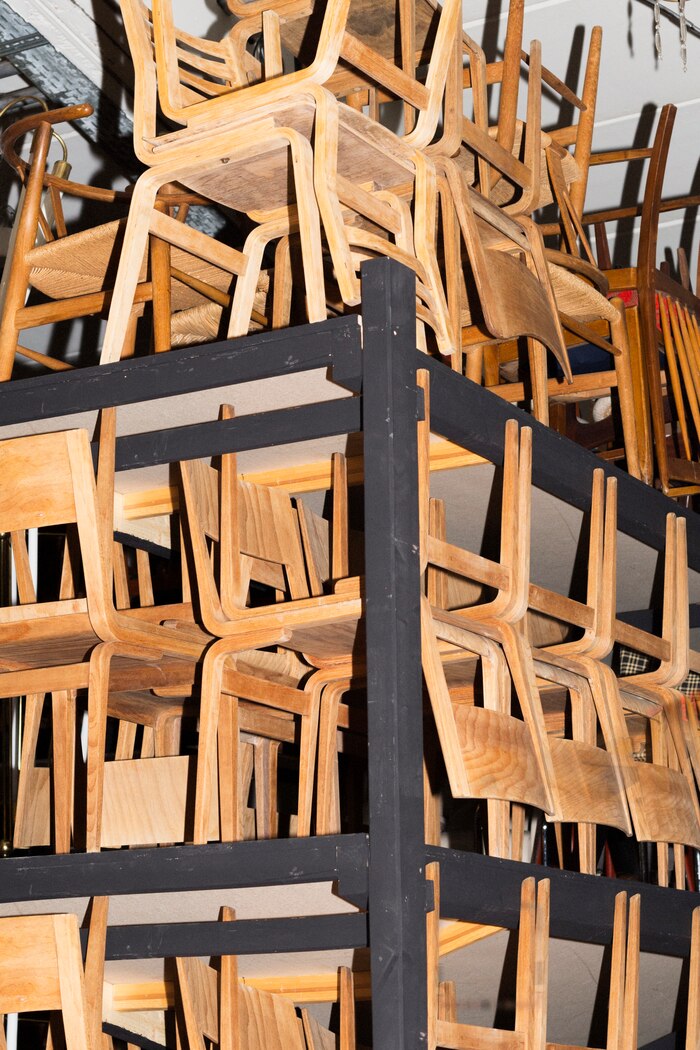
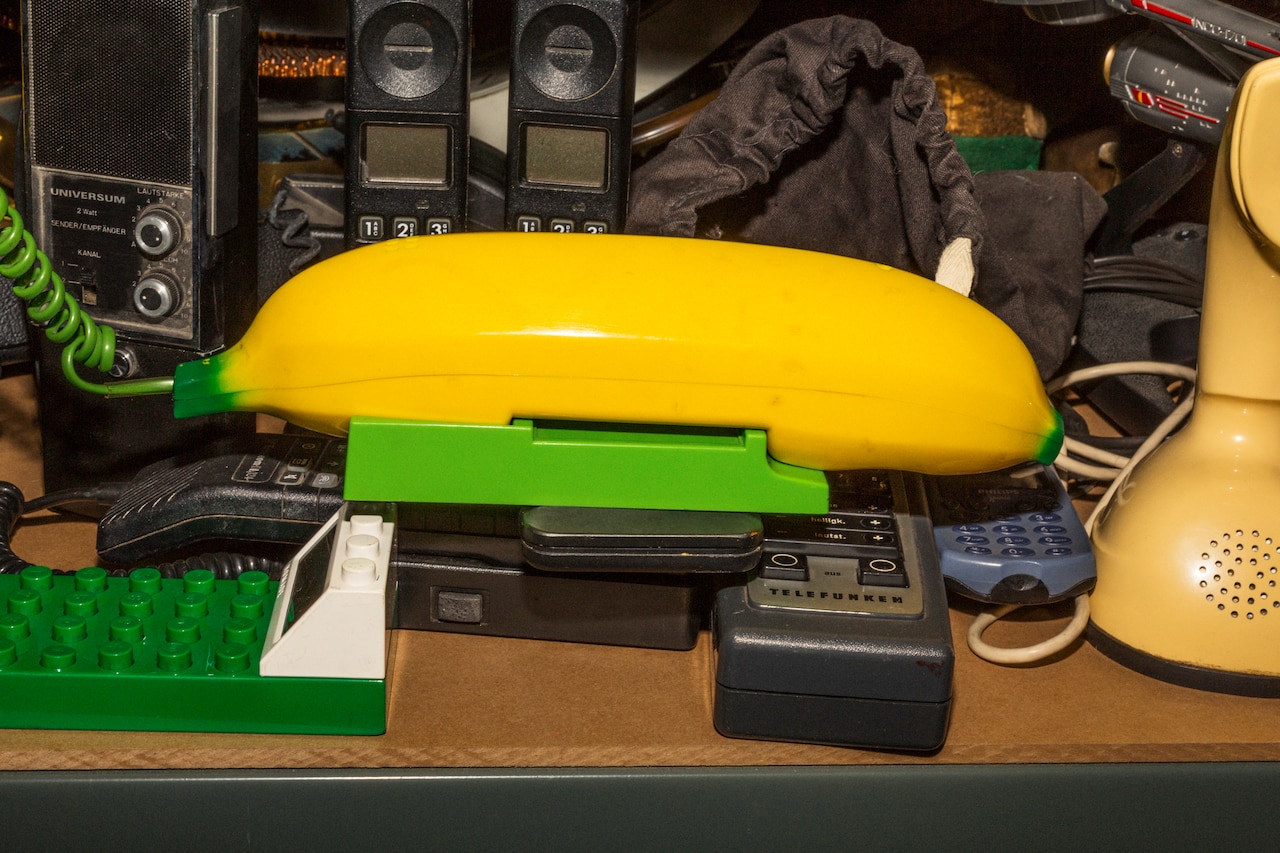
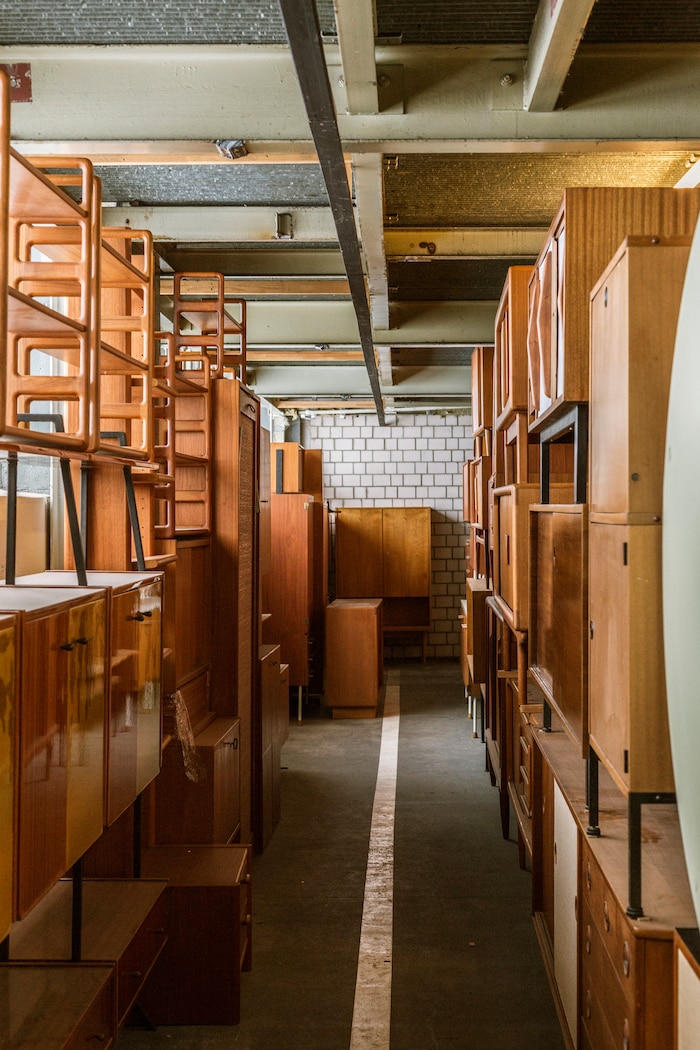
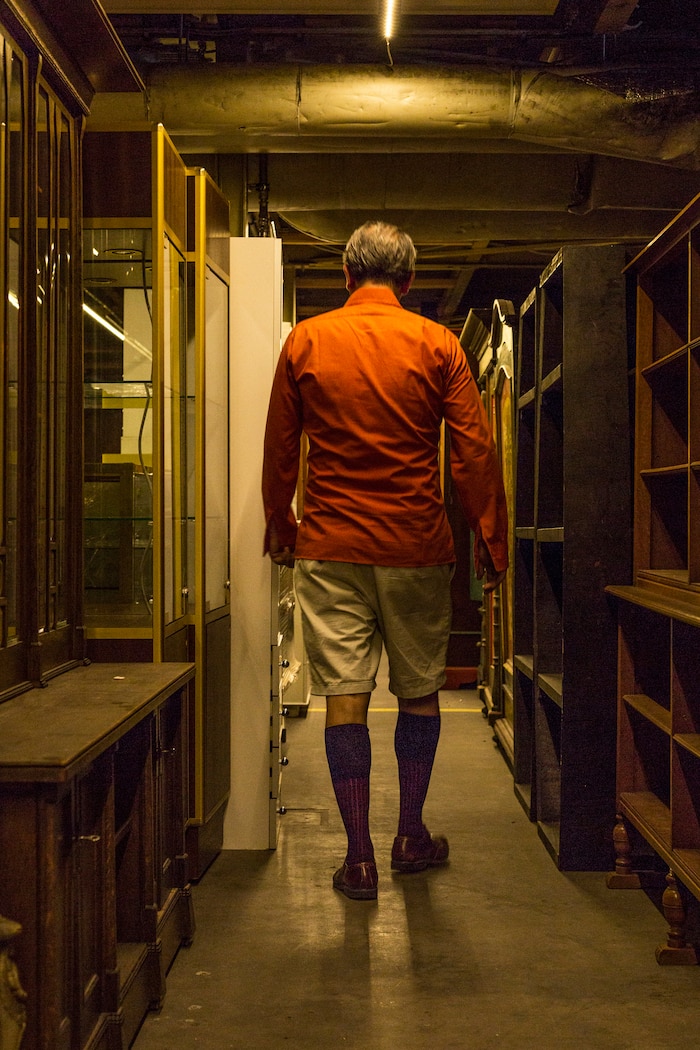
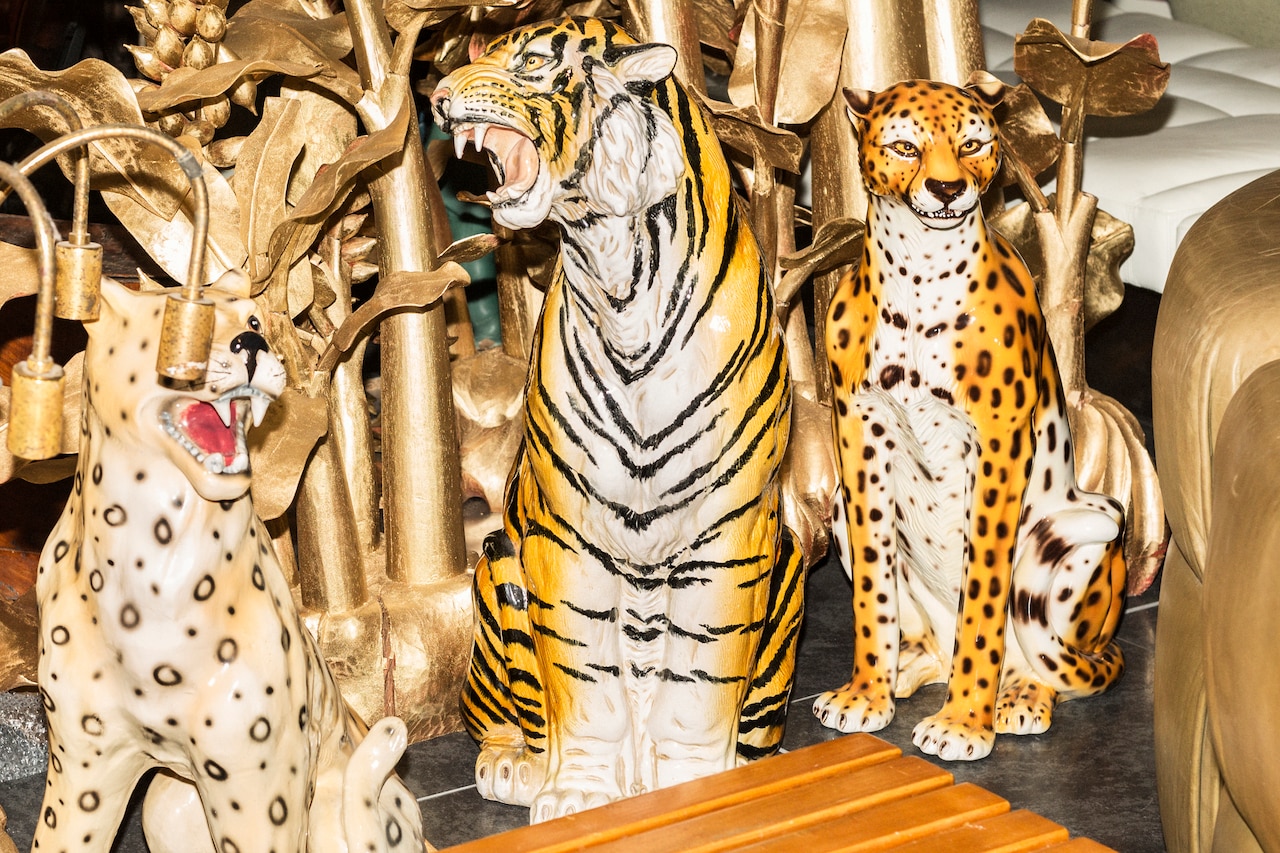

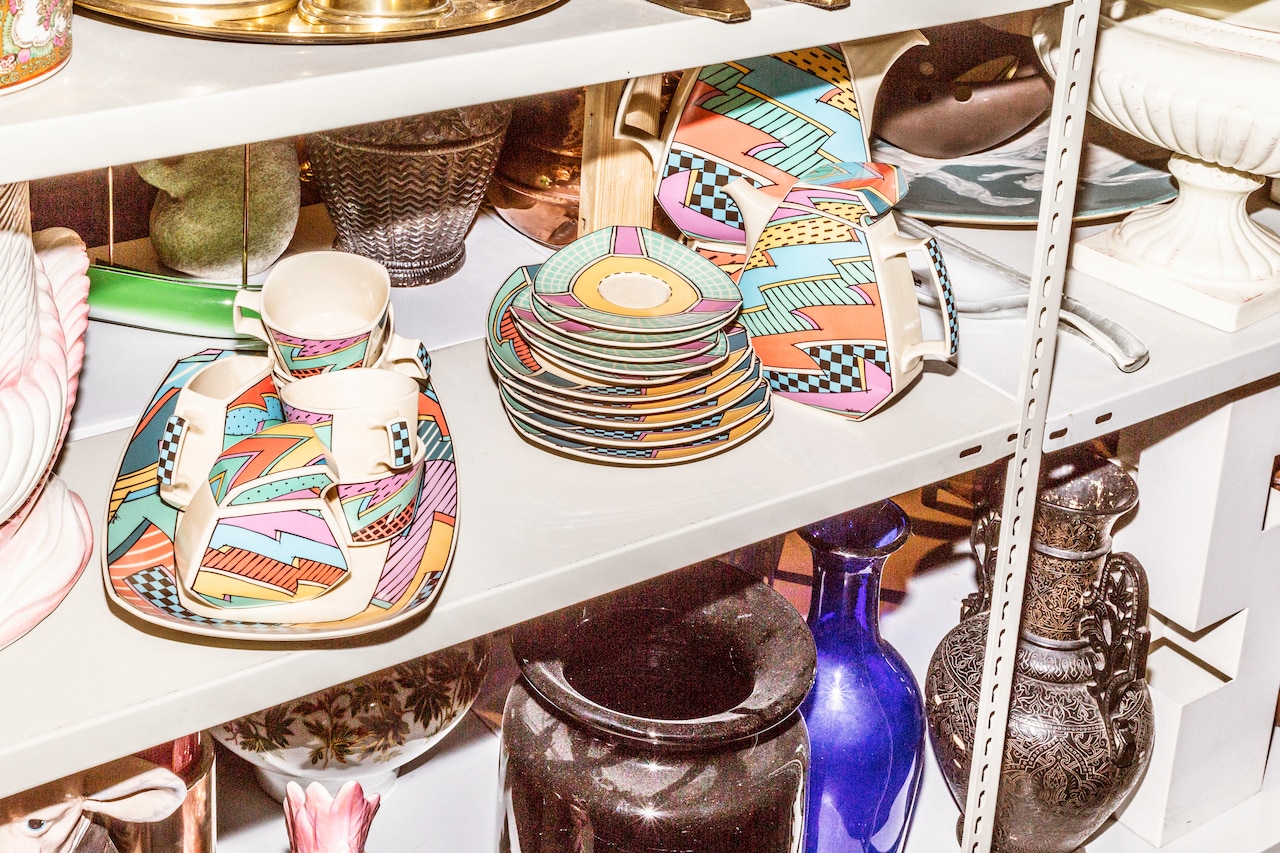
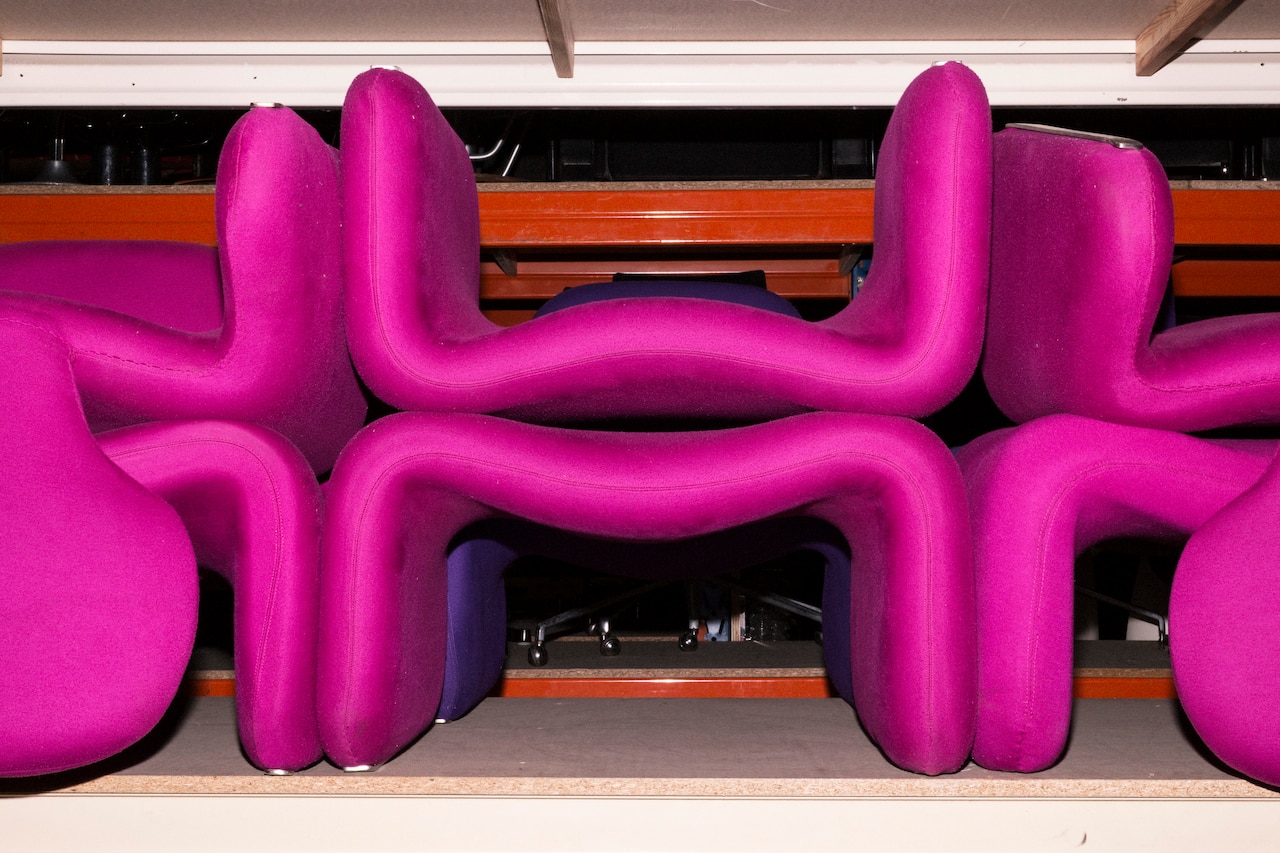
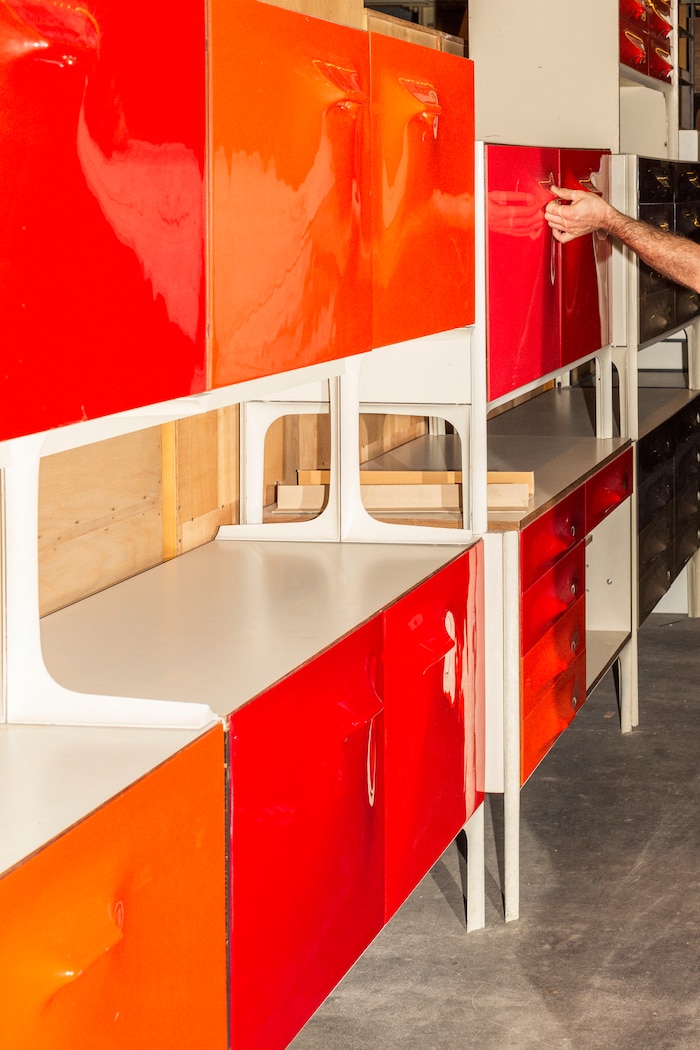
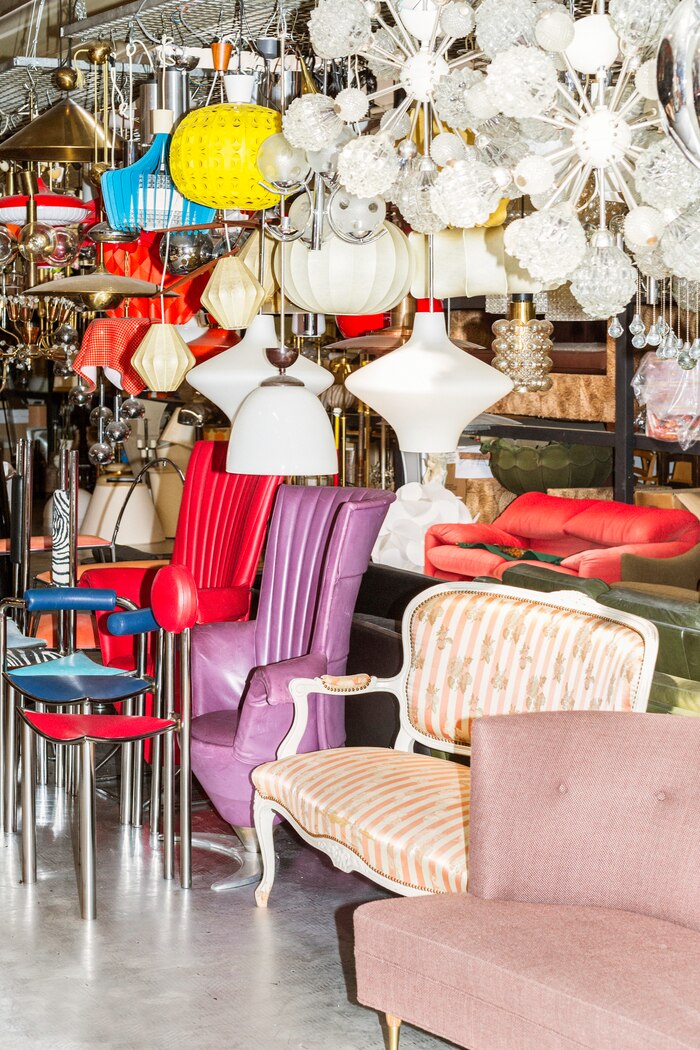
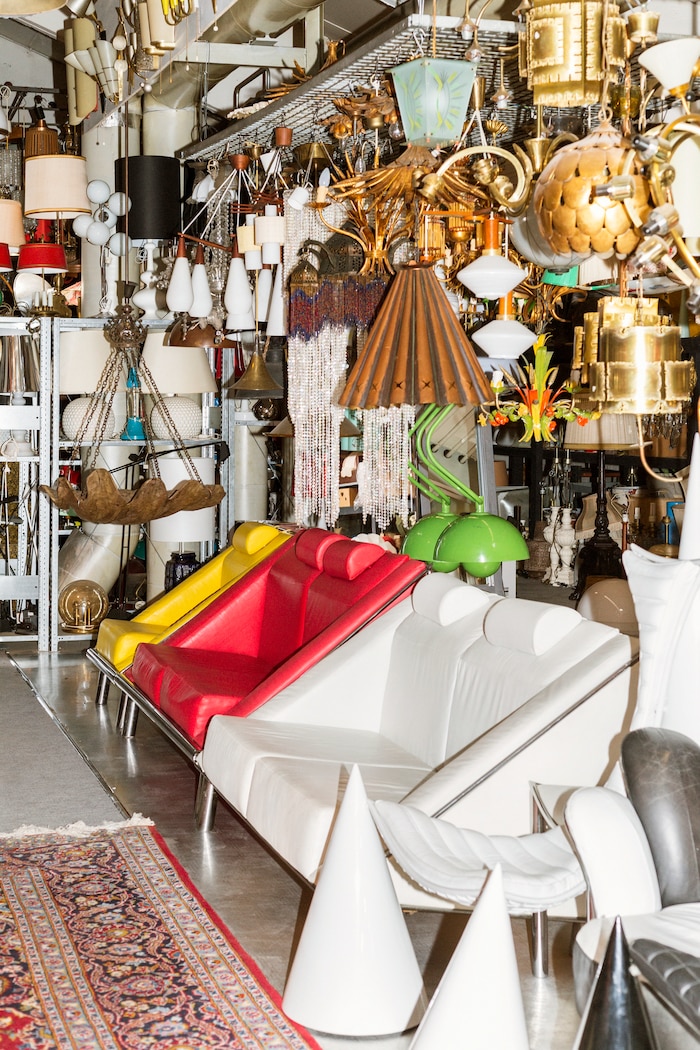
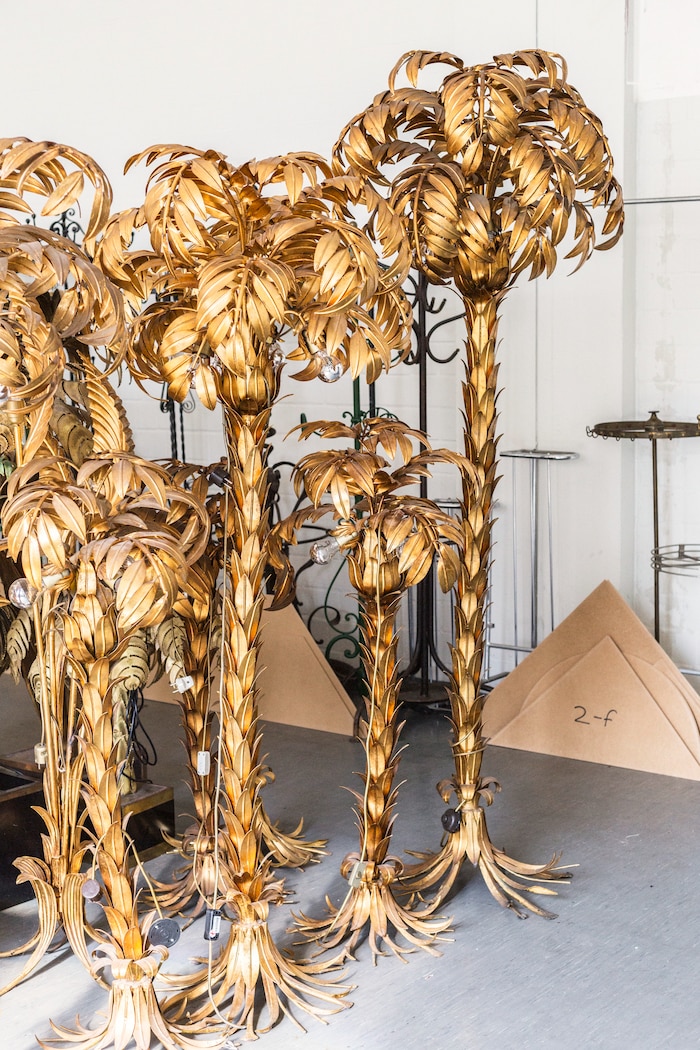
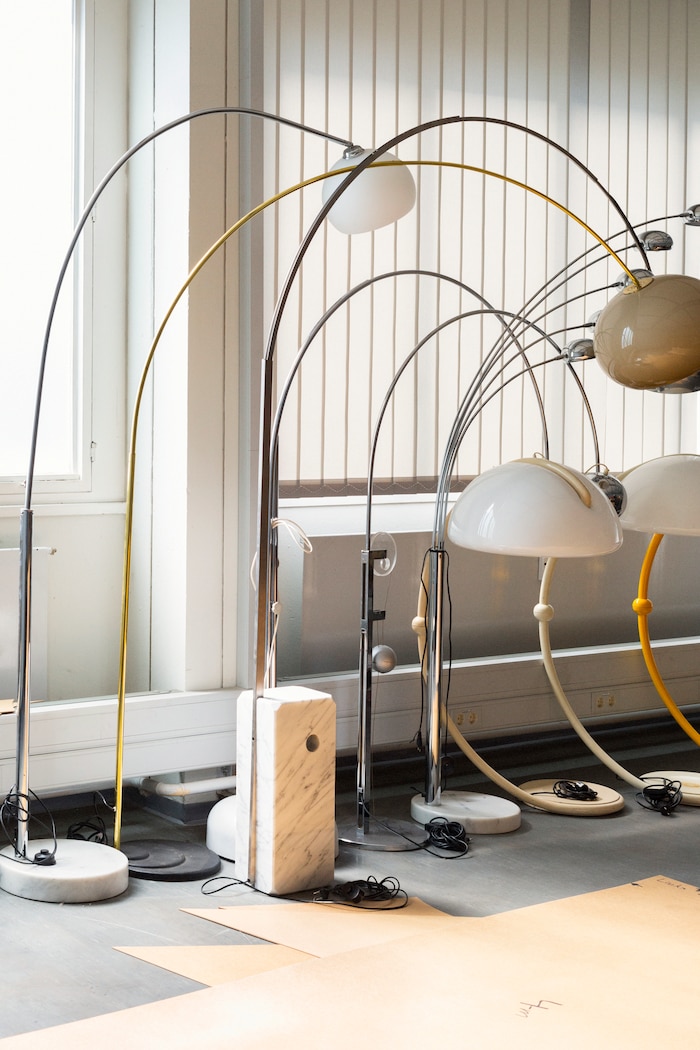
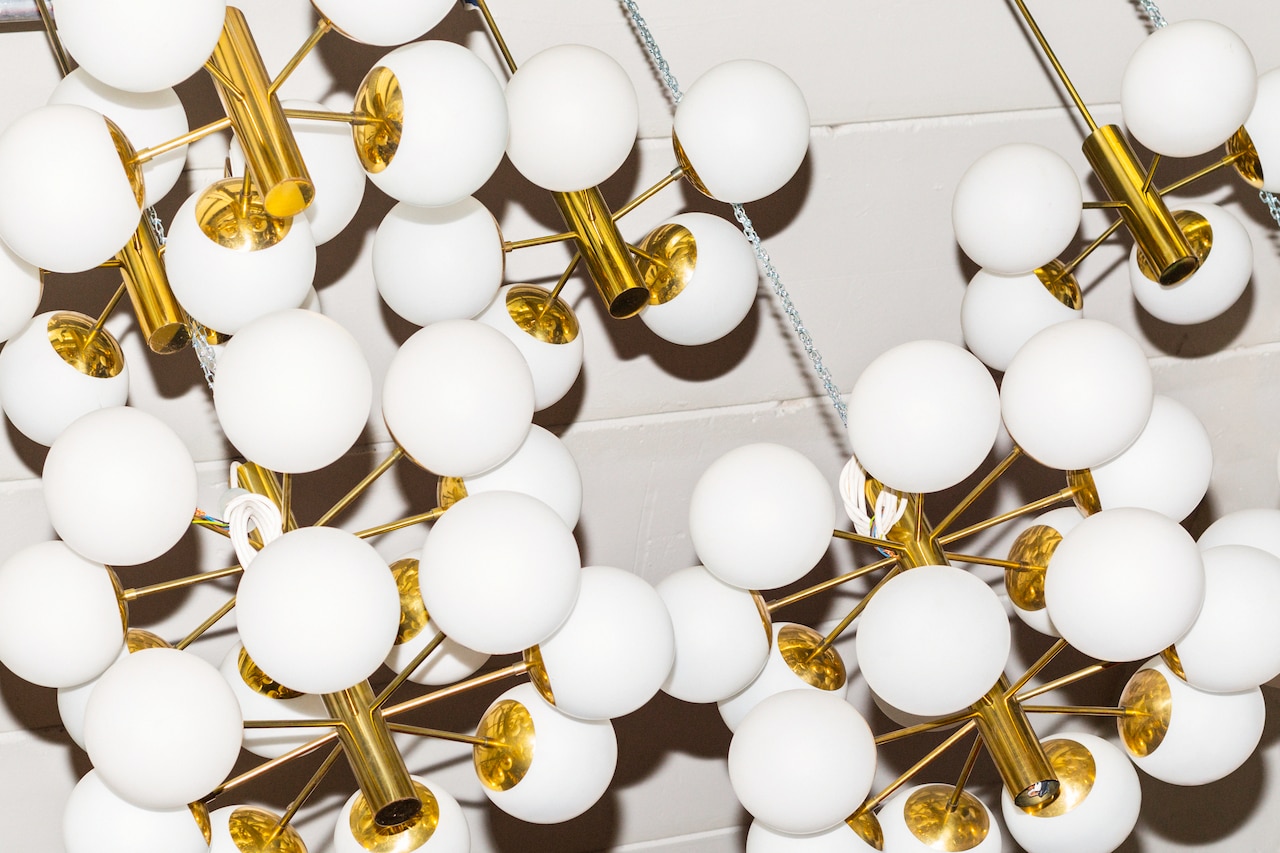
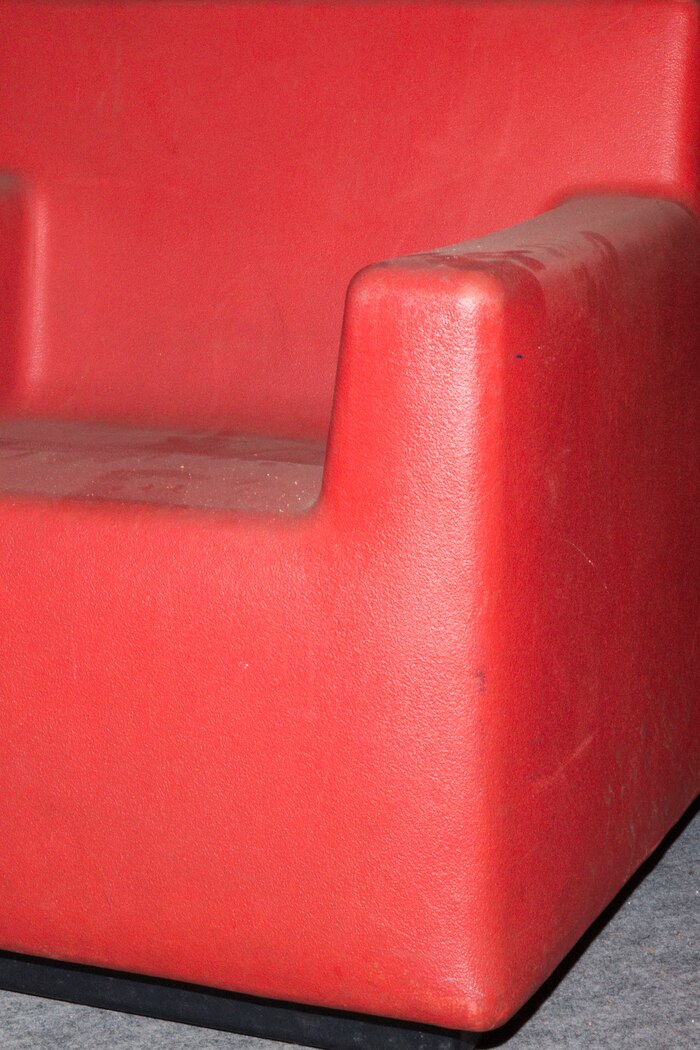
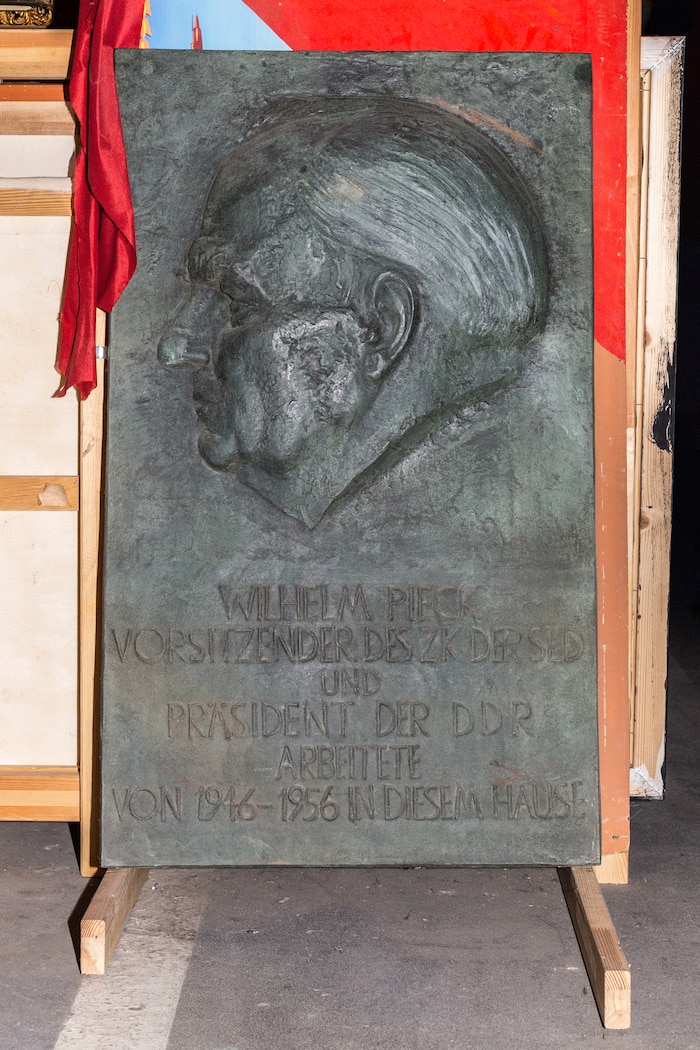

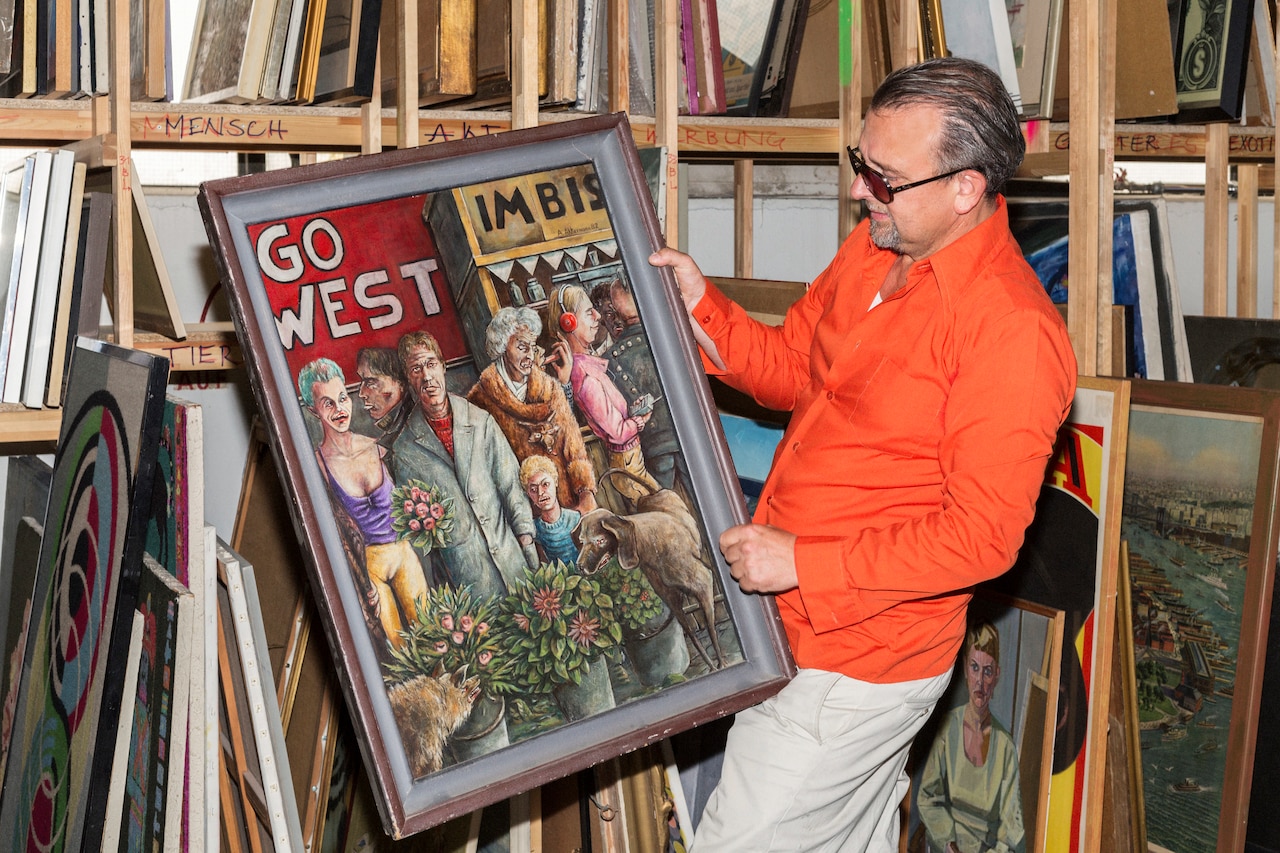
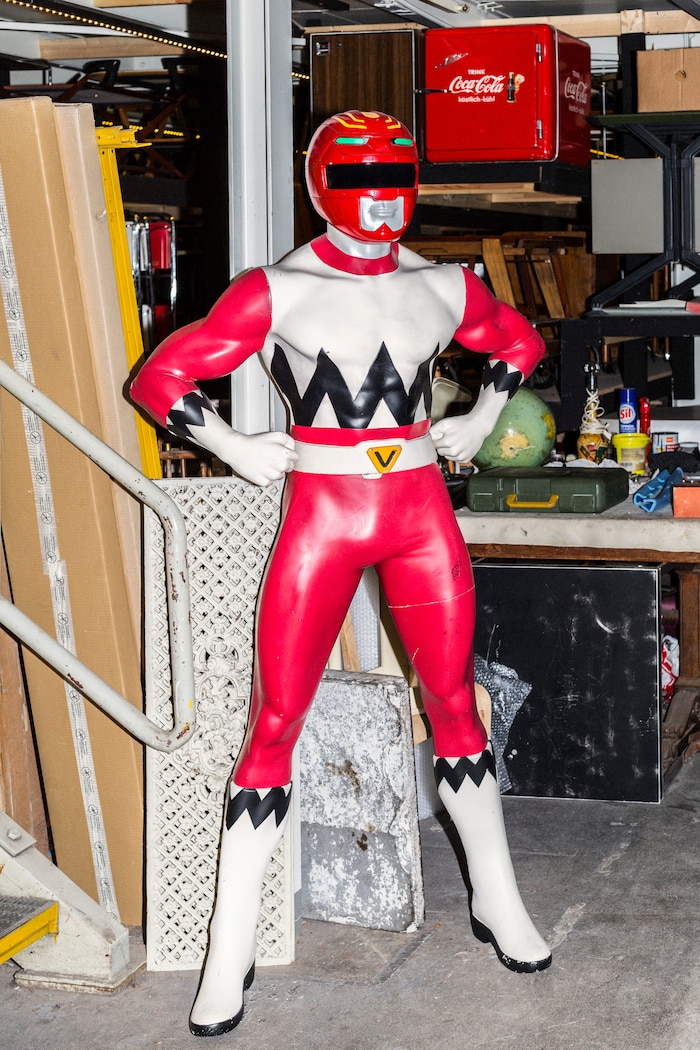
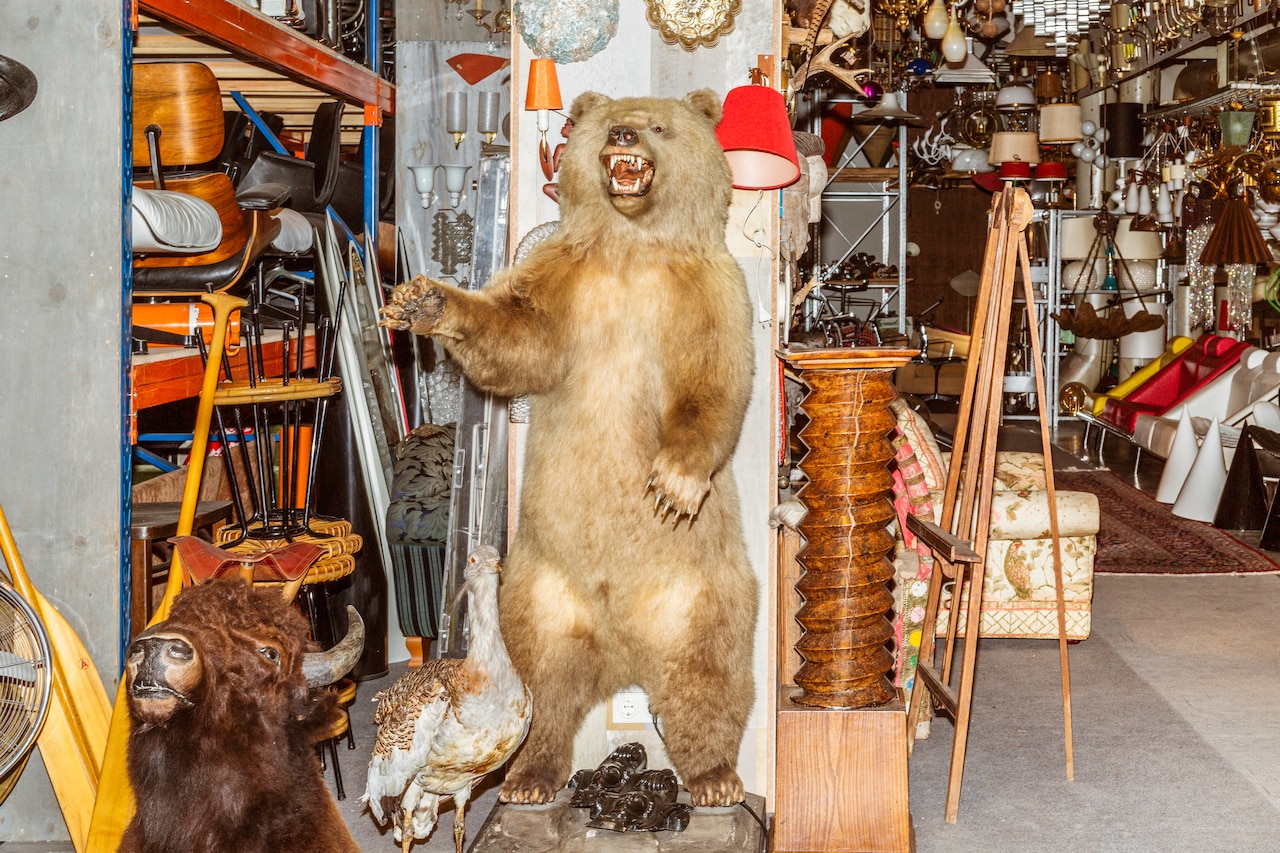
Header image © Anastasia Muna

